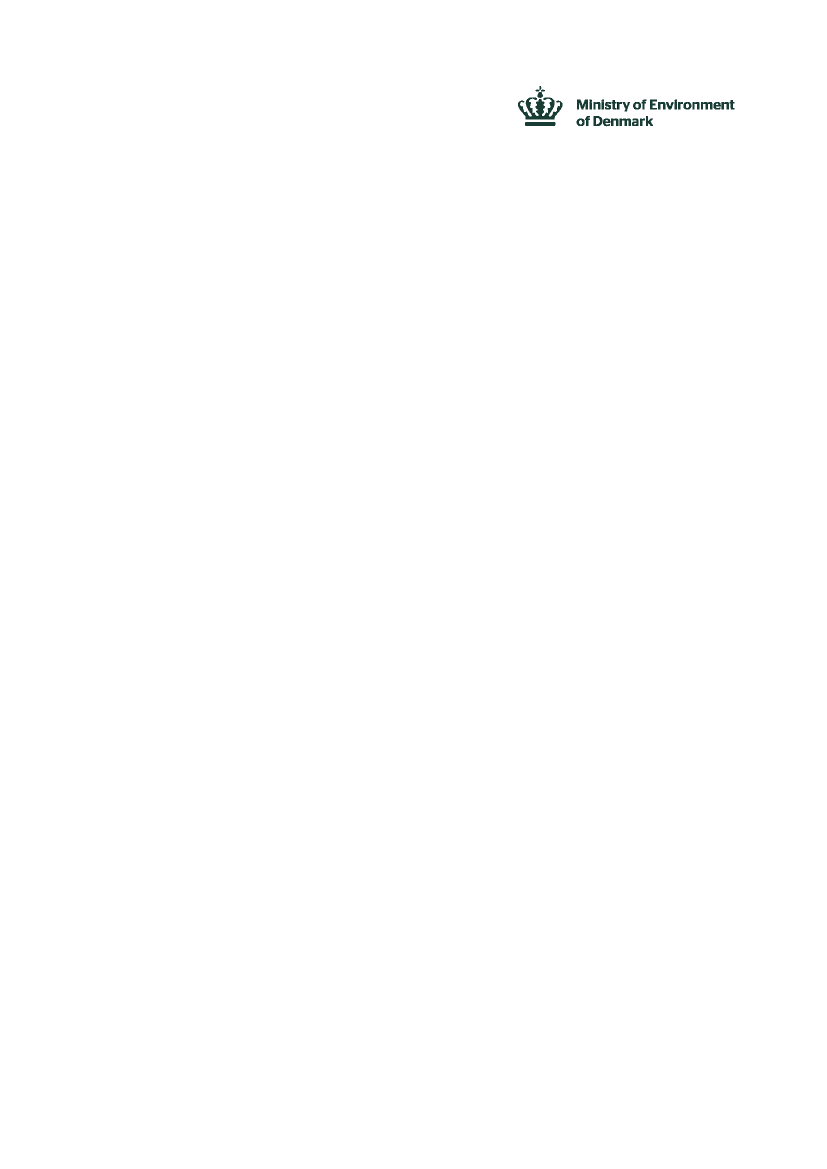
The Danish Government's comments on the Roadmap for an EU
strategy for textiles
The Danish Government appreciates the opportunity to comment on the
Commission’s roadmap for an EU strategy for textiles.
The Danish Government strongly supports the Commission’s decision to launch a
common European strategy for textiles, as well as achieving a green transition. A
more sustainable textile industry requires a common and coordinated effort.
The Danish Government advocates for an ambitious textile strategy that
contributes positively to environmental, climate and health outcomes, whilst
considering the current covid-19 crisis. The Danish Government supports the
outlined scope of the textile strategy, as presented in the roadmap. Thus, we would
encourage the Commission to consider additional content in the final strategy
within five prioritised areas, which we consider to be in line with the roadmap:
1. Increased focus on prolonging product lifetime via design and ecolabels
2. Minimise harmful chemicals and plant protection products
3. Less waste – more and higher quality recycling. Establishing a market for
recycling and secondary raw materials
4. Use of business models and public procurement to promote the transition
to a circular economy
5. Combating micro plastics, biodiversity loss and climate change
1.
Increased focus on prolonging product lifetime via design and
ecolabels
Based on the knowledge that the design phase of products is a deciding factor for
products' environmental impact and durability, Denmark calls for a coherent
product policy that supports circular design of products with increased focus on
resource efficiency and prolonged product lifetime. This requires an increased
focus on quality, durability, reparability, re-usability, recyclability and substitution
of chemicals of concern in regards to design practices.
With an increased focus on more sustainable design, avoiding the
overconsumption of goods is central, and should therefore be included in the EU
strategy for textiles. Furthermore, the strategy should discourage overproduction,
as this causes an unnecessary use of resources. An opportunity to achieve this is
focusing on innovation that reduces by-products and waste in production and
increase the opportunity for production-on-demand.
To inspire to more sustainable design, encouragement for more traceability
throughout the value chain should be included in the textile strategy. This would
also be a first step to minimise green washing.
More sustainable product design practices could be achieved e.g. by innovations
and digitalisation. Both factors are important in regards to accelerating the green
transition and should therefore be a strong focus area of the coming strategy.
Miljøministeriet • Slotsholmsgade 12 • 1216 København K
Tlf. 38 14 21 42 • Fax 33 14 50 42 • CVR 12854358 • EAN 5798000862005 • [email protected] • www.mim.dk